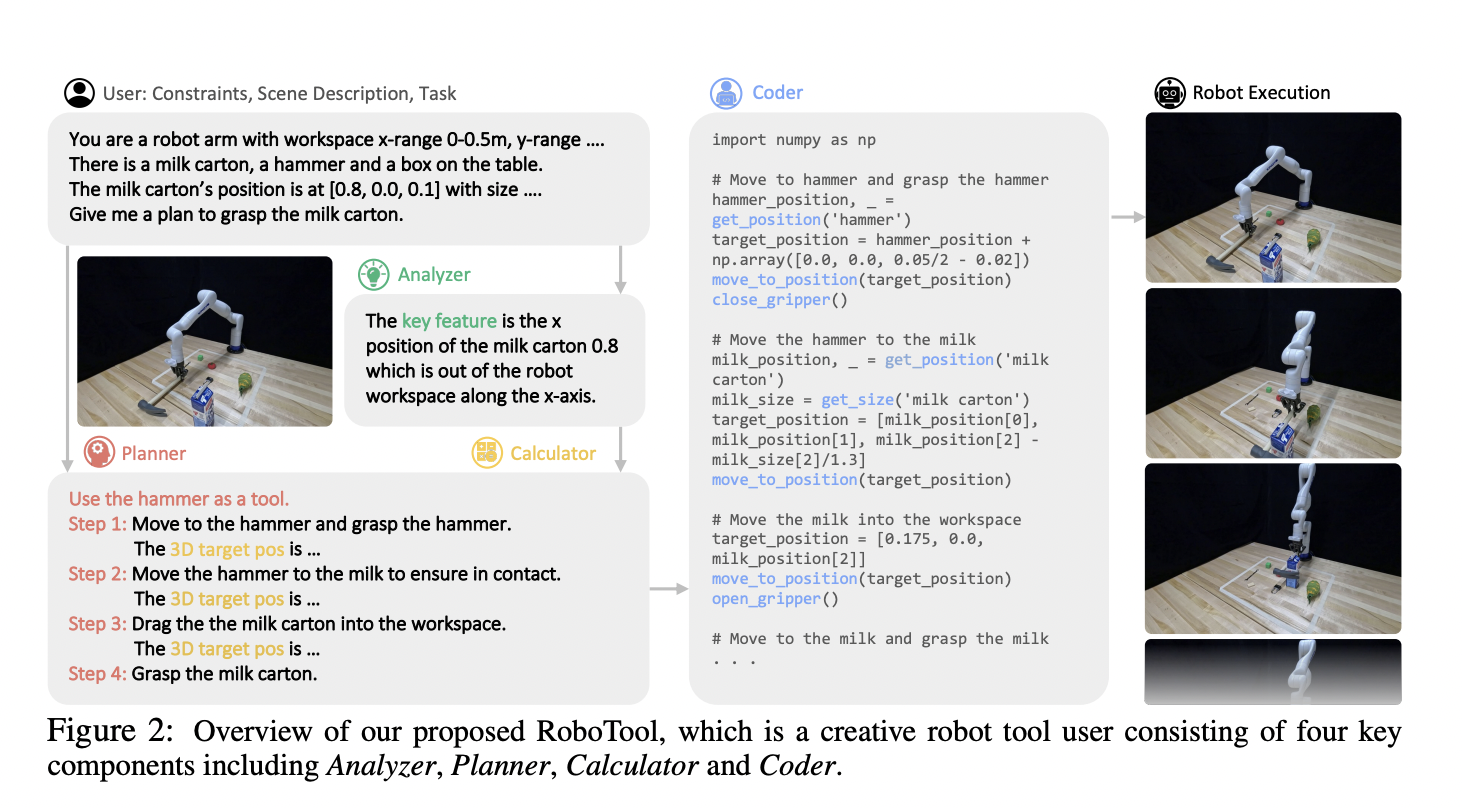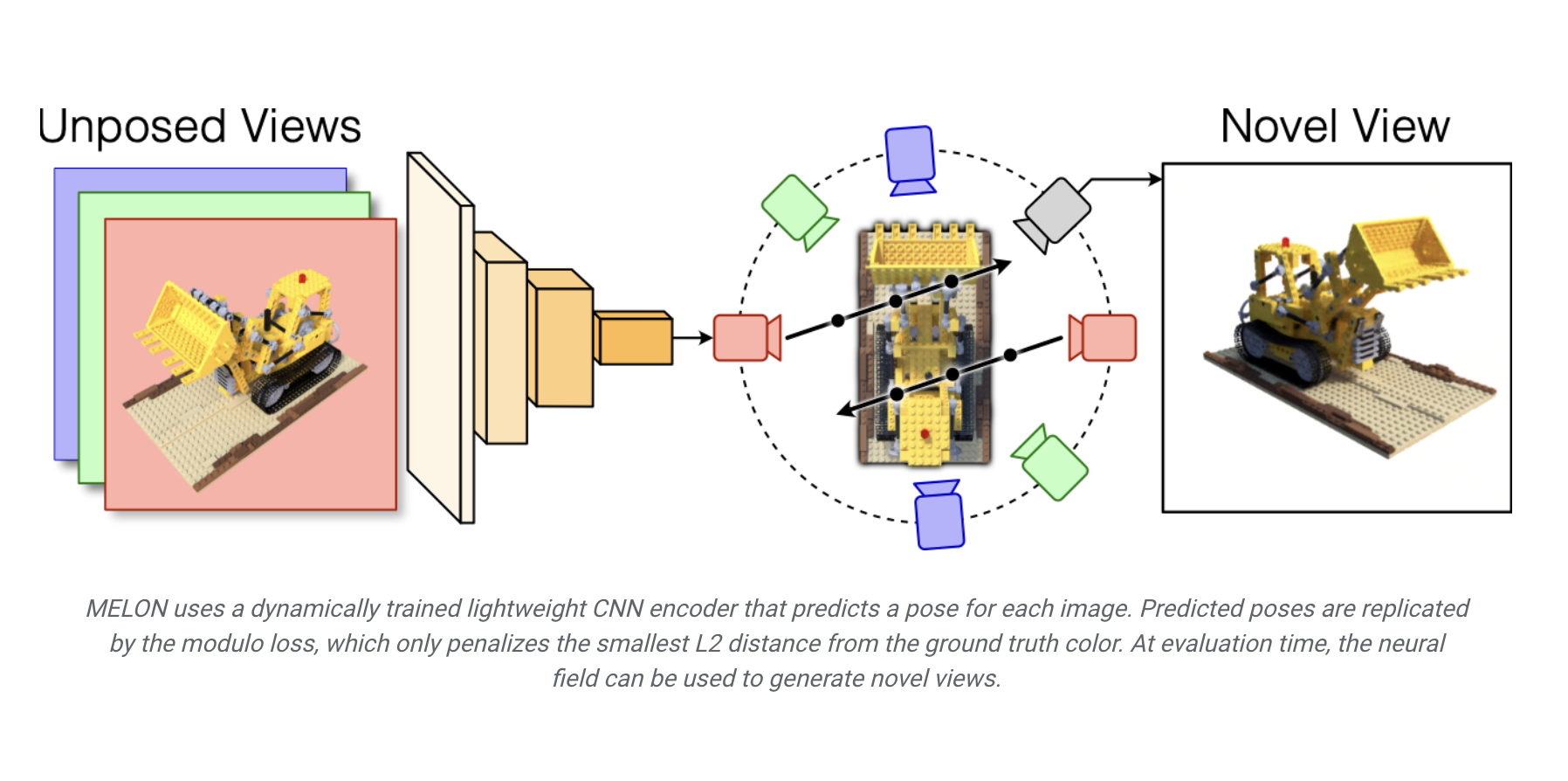Introduction
In the modern business environment, accounts payable teams must be able to process invoices and payments as quickly and efficiently as possible. As the organization grows, the number of invoices that need to be processed also grows, requiring a larger team size and, longer processing times. In addition to this, manual invoice data extraction and processing is also quite error-prone leading to a greater investment of resources than is required. One of the most important steps in invoice processing is invoice data extraction. If done manually, this step is not only the most time-consuming but also the most error-prone. The solution, hence, is not to hire a larger team to do this manually but rather to invest in automated invoice data extraction. In this blog post, you will learn what is invoice data extraction, how to go about it, and some of the popular methods of invoice data extraction.
Before we get into invoice data extraction, let’s first understand what is an invoice.
An invoice is a document that outlines the details of a transaction between a buyer and a seller, including the date of the transaction, the names and addresses of the buyer and seller, a description of the goods or services provided, the quantity of items, the price per unit, and the total amount due.
Invoices contain important information, such as customer and vendor details, order information, pricing, taxes, etc. Information that needs to be extracted and matched to other documents like order forms, bill of goods, etc. before payment is processed.
Although it sounds simple, extracting data from invoices can be very time-consuming since invoices come in different formats. Additionally, invoices also contain both structured and unstructured data which can be difficult to extract manually and would require automated invoice data extraction software such as Nanonets to be able to quickly process invoices.
Automate manual data entry using Nanonet’s AI-based OCR software. Capture data from invoices instantly. Reduce turnaround times and eliminate manual effort.
Invoice data extraction presents a host of challenges for AP teams because invoices come in various templates and can contain a range of information some of which may or may not be important for the AP team to process the invoice. Some of the challenges are listed below:
- Different invoice formats – Invoices come in various formats including paper, PDF, EDI, etc. which can make it difficult to extract and process invoices.
- Invoice template styles – In addition to the formats, invoices come in various templates as well. Some invoices may contain only the most essential information while others may have a lot of unwanted information as well. In addition, data points might be present in different places on the invoice thus making it highly time-consuming to extract data manually.
- Data quality and accuracy – Manual invoice data extraction can lead to delays and inaccuracies in the extracted information.
- Large volume of data – Usually organizations have to process a huge number of invoices daily. Doing this manually is extremely time-consuming and costly for these companies.
- Different languages – International vendors usually share invoices in different languages which could be difficult for the AP team to process manually if they are not versed in the language. These invoices are difficult to process for simple automation software as well.
Getting the data ready before extraction constitutes a crucial phase in invoice processing. This step is pivotal in guaranteeing the accuracy and reliability of the data, especially when handling substantial amounts of data or dealing with unstructured data that might encompass errors, inconsistencies, or other factors capable of affecting the precision of the extraction process.
One key technique for preparing invoice data for extraction is data cleaning and preprocessing.
An important method in readying invoice data for extraction is through data cleaning and preprocessing. This process entails recognizing and rectifying errors, inconsistencies, and various issues within the data before initiating the extraction process. Various techniques may be employed for this purpose, encompassing:
- Data normalization: Transforming data into a common format that can be more easily processed and analyzed. This can involve standardizing the format of dates, times, and other data elements, as well as converting data into a consistent data type, such as numeric or categorical data.
- Text cleaning: Involves removing extraneous or irrelevant information from the data, such as stop words, punctuation, and other non-textual characters. This can help improve the accuracy and reliability of text-based extraction techniques, such as OCR and NLP.
- Data validation: This involves checking the data for errors, inconsistencies, and other issues that may impact the accuracy of the extraction process. This can involve comparing the data to external sources, such as customer databases or product catalogs, to ensure that the data is accurate and up-to-date.
- Data augmentation: Adding or modifying data to improve the accuracy and reliability of the extraction process. This can involve adding additional data sources, such as social media or web data, to supplement the invoice data, or using machine learning techniques to generate synthetic data to improve the accuracy of the extraction process.
There are many different methods of data extraction. Picking the right method of invoice data extraction is very important for an AP team to be able to function effectively.
Manual Invoice data extraction: Manual invoice data extraction involves a human physically going through the invoice and manually and enter the relevant information in the accounting software where it can then be further matched and processed before the payment is made. This process is extremely time-consuming and can be prone to human errors. Usually, manual invoice data extraction can cause delays and payments and introduce unnecessary vendor friction.
- Online data extraction tools: If you need to extract information from a particular document type where the information and format largely remain the same, there are many tools available that can help in addressing a particular use case. For example, if you need to convert PDF to text many online tools can help the AP team streamline this process. Conversion software provides a more reliable and accurate extraction method. However, they provide little-to-no automation capabilities for routine or complex invoice data extraction processes.
- Template-based invoice data extraction: Template-based invoice data extraction relies on the use of pre-defined templates to extract data from a particular data set the format for which largely remains the same. For example, when an AP department needs to process multiple invoices of the same format, template-based data extraction may be used since the data that needs to be extracted will largely remain the same across invoices.
This method of data extraction is extremely accurate as long as the format remains the same. The problem arises when there are changes in the format of the data set. This can cause issues in template-based data extraction and may require manual intervention.
software - Automated invoice data extraction using OCR: If you have multiple invoice types or a large number of invoices to extract data from, AI-based OCR software, like Nanonets, provide the most convenient solution. Such tools provide OCR (Optical Character Recognition) technology to recognize text from scanned documents or images.
These tools are extremely fast, efficient, secure, and scalable. They use a combination of AI, ML, OCR, RPA, text and pattern recognition, and multiple other techniques to make sure the extracted data is accurate and reliable. Not only that, these data extraction tools can support text extraction from multiple sources such as extracting text from images, and even extracting handwritten text from images.
Conclusion
In conclusion, automating invoice data extraction is crucial for all AP teams to be able to effectively and efficiently process invoices. It is important to be able to process invoices within a set time frame so that vendor payments can be made in the promised time and avoid unnecessary friction.
The technique and type of invoice data extraction that is used by the AP team depends on the input sources and the specific needs of the business and needs to be carefully evaluated before implementation. Otherwise, it can lead to unnecessary wastage of both time and resources.
Eliminate bottlenecks created by manual invoice data extraction processes. Find out how Nanonets can help your business optimize invoice data extraction easily.



